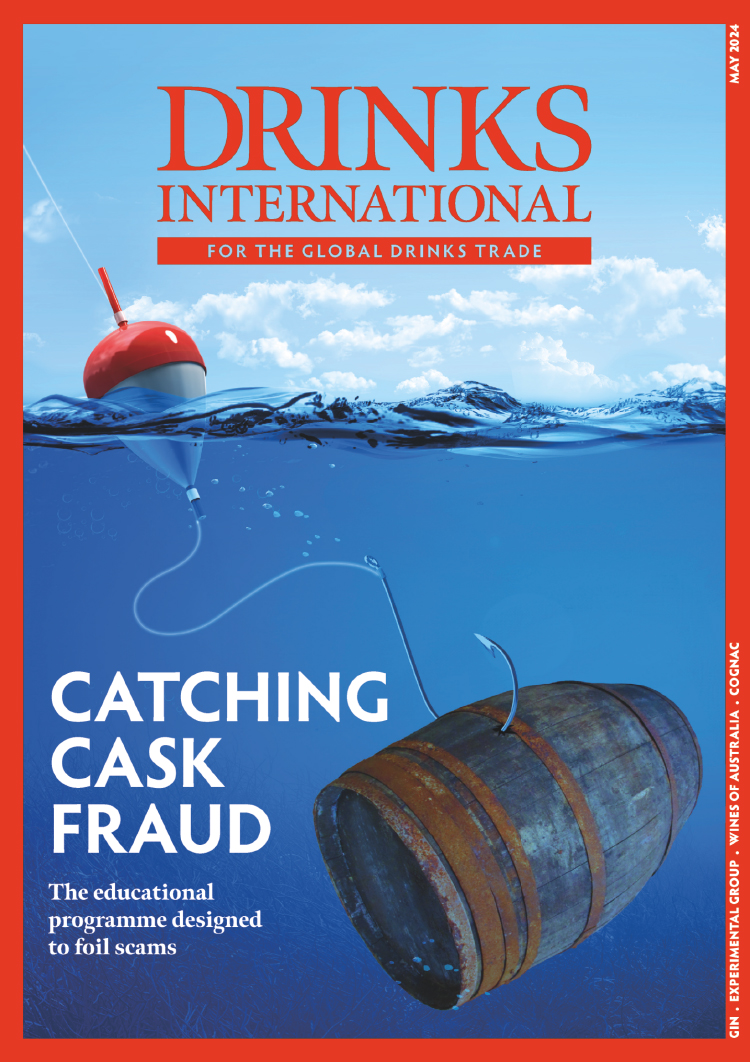In the early 18th century, London’s streets were awash with gin-swilling prostitutes, drunken gentry and binge drinkers even a forerunner to Jerry Springer couldn’t cure.
Gin made its way into the hearts and livers of the nation after Dutch-born William of Orange came to the throne in 1689 and encouraged distilling to bolster the UK grain industry, bringing with him a taste for genever – though there were already some references to gin in the UK before this.
Pretty soon, gin was given to workers as part of their pay packet and the city was hooked. In the years that followed, all kinds of things were added to stretch the liquid and create short cuts – including turpentine – and, by 1730, London had more than 7,000 shops that only sold spirits.
The 1736 Gin Act that made gin prohibitively expensive caused riots and, if the law wasn’t unashamedly broken, gin sales took place under another name and often via brothels.
The act was repealed by 1742 and new rules, drafted by distillers, went into practice in 1751. They led to a more reasonable and practical approach to licenses and taxation that attracted more reputable types to the category – both as distillers and imbibers.
Fast-forward 262 years and the thirst for gin now seems to be a global pandemic. Thankfully, though, today’s tipples are much more gin palace than gin lane.
Paco Recuero, international brand director for Chivas Brothers’ gin portfolio, says the gin renaissance is showing little sign of abating, with the spirit still in growth in many markets across the world. “Since this bartender-led renaissance started, consumers have become a lot more knowledgeable about gin and, consequently, they have become more adventurous and willing to trade up,” he says. “Within the category, I think there’s still a feeling of confidence that the gin renaissance will continue and, as such, I think consumers are likely to see increasing innovation, at all price points but particularly in the super-premium and ultra-premium sectors.”
So far in 2013, Chivas rival Diageo has dominated the gin headlines. Both Tanqueray Malacca and Gordon’s Crisp Cucumber are well documented throughout this magazine (pages 26 and 13 respectively). That a company as large as Diageo has opened its wallet to invest in the category is testament to gin’s importance.
Figures for 2012 in the US show gin grew by 1.5% in volume and 2.7% in value (DISCUS). And so the buzz around the industry centres on how long the boom will last and what new innovations it will bring.
First let’s deal with the cucumber in the room. Has it shaken Hendrick’s? What will it do for the category?
James O’Connor, brand manager for Hendrick’s and Monkey Shoulder, says he’s excited about Gordon’s Crisp Cucumber. “Anything that brings new consumers to the category is great. Cucumber is just one of the things that makes Hendrick’s unusual,” he says.




